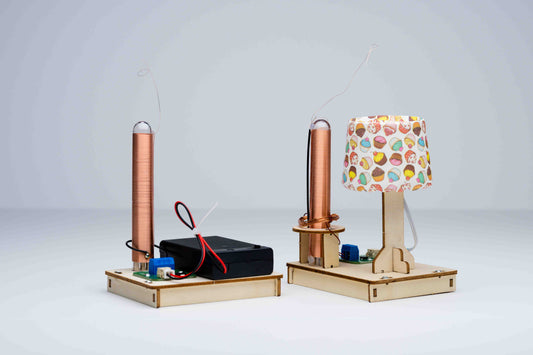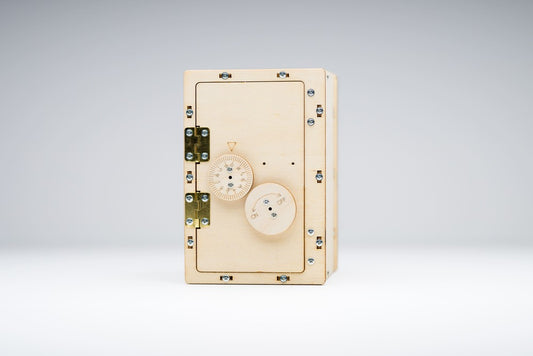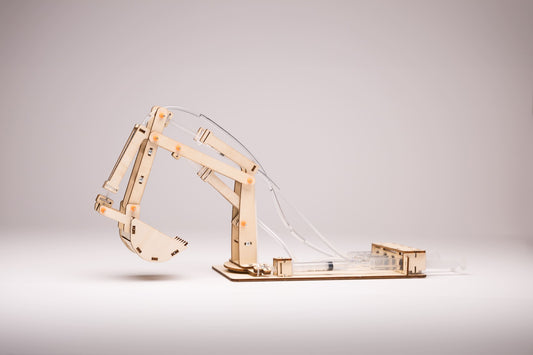Engineering skills are not just for future professionals—they’re foundational abilities that help kids understand how the world works, encouraging logical thinking, problem-solving, and creativity. But how can parents and educators make engineering concepts accessible and fun for children? Enter STEM (Science, Technology, Engineering, and Mathematics) toys. With their hands-on projects and DIY nature, these toys offer a playful approach to developing critical engineering skills. Here’s how STEM toys can transform the way kids learn and build their engineering mindset.
1. Introducing Foundational Engineering Concepts
STEM toys present engineering principles in digestible, age-appropriate ways. From simple pulleys to intricate gear systems, kids can see the building blocks of engineering in action. Through these projects, children understand how basic machines work, how energy is transferred, and how structures can be built to withstand stress and strain.
2. Encouraging Creative Problem-Solving
Engineering is fundamentally about solving problems. STEM toys introduce challenges that require kids to think creatively and logically. Whether designing a stable bridge or programming a robot, they’re encouraged to analyze the problem, brainstorm solutions, and modify their designs. This trial-and-error approach helps children become resilient problem-solvers who can adapt their strategies when needed.
3. Inspiring Design and Construction Skills
STEM toys often come with a variety of components and tools that let kids experiment with design. Children can explore different building materials, structural designs, and innovative solutions, whether constructing model bridges, rockets, or robots. This hands-on exploration fosters an understanding of how individual elements come together to create functional, complex systems.
4. Promoting Collaboration and Teamwork
Engineering rarely happens in isolation. STEM toys often encourage group projects where kids can brainstorm ideas, delegate tasks, and work together to bring their designs to life. These collaborative efforts help them develop communication and leadership skills essential for engineering and any team-oriented field.
5. Making Learning Fun and Engaging
DIY projects, with their colorful parts and interactive challenges, make learning engineering principles a joy rather than a chore. Kids can unleash their creativity by customizing their builds and finding imaginative ways to tackle each task. The satisfaction of completing a project successfully and seeing it work motivates them to take on more ambitious challenges.
6. Building a Growth Mindset
Every failed attempt teaches a lesson, and STEM toys emphasize that failure is part of the learning process. When kids see their designs falter or collapse, they are encouraged to troubleshoot the issue and find alternative solutions. This iterative process fosters a growth mindset, where kids understand that they can improve through effort and perseverance.
7. Connecting Play to Real-World Engineering
STEM toys help kids see the connection between play and the real world. Projects involving basic electronics, coding, or structural design can be directly linked to practical applications like transportation systems, computing, and construction. This real-world relevance gives children a glimpse into potential career paths and how engineering impacts everyday life.
Conclusion
Engineering skills are crucial in today’s rapidly evolving world, and STEM toys provide a playful, accessible entry point for children to build these abilities. By introducing engineering principles through hands-on, DIY projects, these toys empower kids to think critically, design creatively, and solve problems confidently. Encourage your child to dive into the world of engineering with STEM toys and watch them build skills that will last a lifetime.




